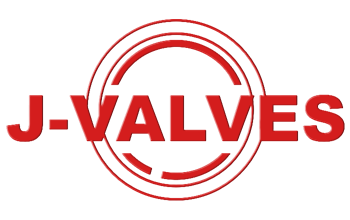

I. Basic Characteristics and Stability Challenges
1. Basic Characteristics of Trunnion Ball Valves
High-pressure Adaptability: Trunnion ball valves can withstand high working pressures, suitable for high-pressure transportation systems such as oil and natural gas.
Low Operating Torque: Due to the trunnion ball, the operating torque is small, facilitating manual or electric operation.
High Sealing Performance: Reliable sealing is achieved through metal-to-metal or soft sealing materials, maintaining good sealing even under extreme conditions.
2. Stability Challenges
High-pressure Impact: Under high-pressure conditions, fluid impact may cause loosening or damage to internal valve components.
Temperature Variation: Extreme temperature changes may lead to thermal expansion or contraction of materials, affecting the valve's sealing performance and structural stability.
Corrosive Media: In corrosive media environments of chemical industries, insufficient corrosion resistance of materials may cause premature valve failure.
Frequent Operation: Frequent switching operations may lead to wear and fatigue of valve components, reducing their service life.
II. Key Technical Measures to Enhance Stability
1. Optimizing Material Selection
Valve Body Materials: For high-pressure and high-temperature applications, high-strength alloy steels such as 316L stainless steel or Inconel should be selected. These materials not only exhibit excellent mechanical properties but also resist high temperatures and corrosion.
Sealing Materials: In corrosive media environments, corrosion-resistant materials like polytetrafluoroethylene (PTFE) or flexible graphite should be prioritized. For high-temperature applications, metal sealing materials such as Stellite alloy are better choices.
Stem Materials: Stems should be made of corrosion-resistant and high-strength materials like 316L stainless steel or nickel-based alloys to prevent fracture due to corrosion.
2. Improving Sealing Design
Multi-stage Sealing System: Adopting a multi-stage sealing system, such as setting multiple sealing rings between the seat and the ball, can significantly enhance sealing performance. This design allows other sealing rings to continue functioning if one fails.
Elastic Sealing Seat: Using a sealing seat with elastic elements (e.g., springs or rubber seats) can automatically compensate for sealing gaps caused by temperature changes or wear, ensuring long-term stable sealing performance.
Surface Treatment: Hardening treatments for sealing surfaces, such as nitriding or hard chromium plating, can improve the wear resistance and corrosion resistance of sealing surfaces.
3. Strengthening Structural Design
Reinforcement Rib Design: Designing reinforcement ribs on the valve body and bonnet can enhance structural strength, preventing deformation or damage caused by high-pressure impact.
Stem Support Structure: Adding support structures for the stem, such as multiple support points, can reduce stem bending and vibration, improving operational stability.
Flow Channel Optimization: Optimizing the flow channel design to reduce turbulence and impact of fluid within the valve can decrease wear and fatigue caused by hydrodynamic effects.
4. Intelligent Monitoring and Maintenance
Condition Monitoring System: Installing pressure, temperature, and vibration sensors to monitor the valve's operating status in real time. Through data analysis, potential issues can be identified promptly for preventive maintenance.
Remote Control and Diagnosis: Combining remote control technology allows operators to monitor and operate valves remotely from the control room, reducing uncertainties and risks of on-site operations. Meanwhile, intelligent diagnostic systems can quickly locate fault points to improve maintenance efficiency.
Regular Maintenance Plan: Formulating a scientific and reasonable maintenance plan to regularly inspect key valve components (e.g., seals, stems, and seats), and replace worn parts in a timely manner to ensure long-term stable operation of the valve.













